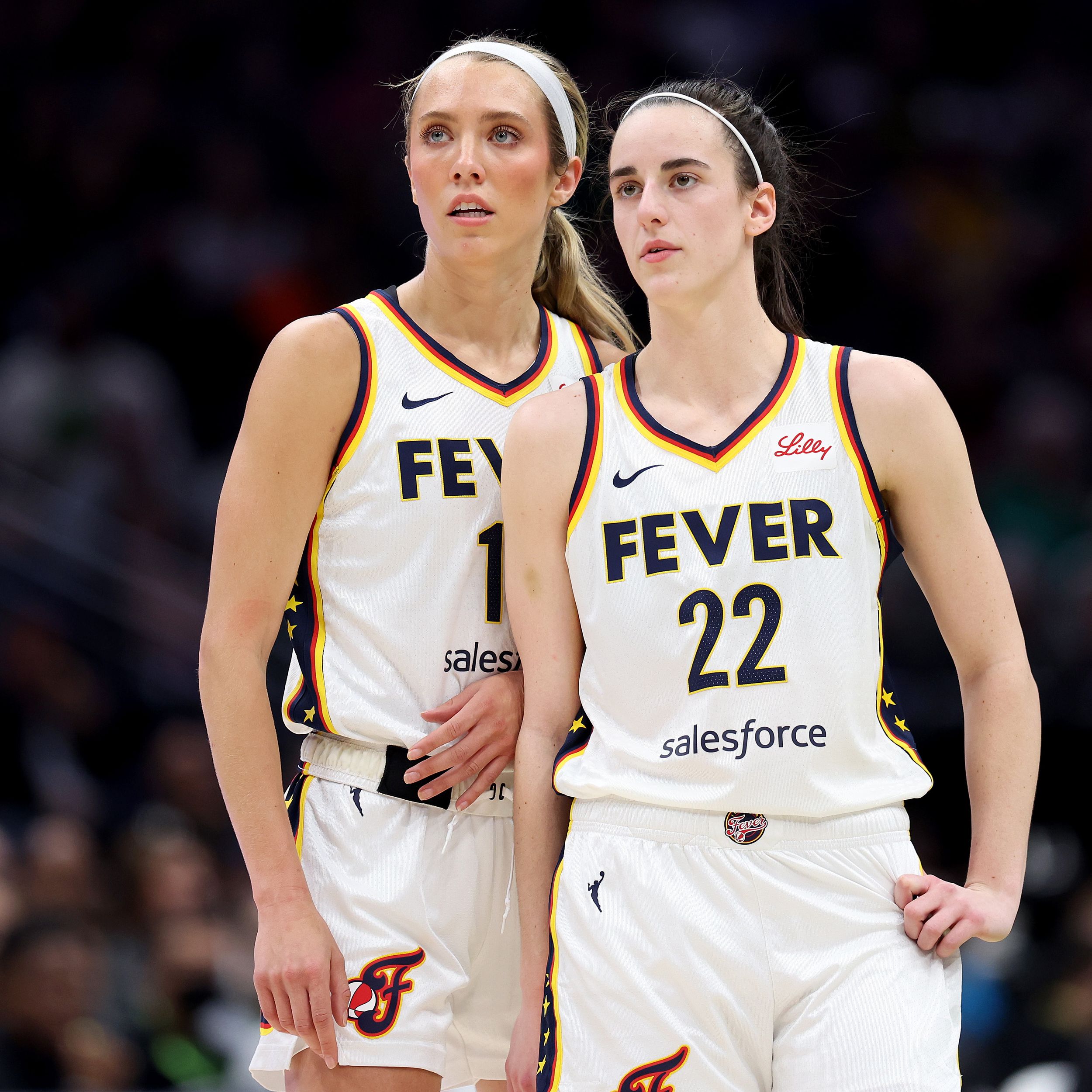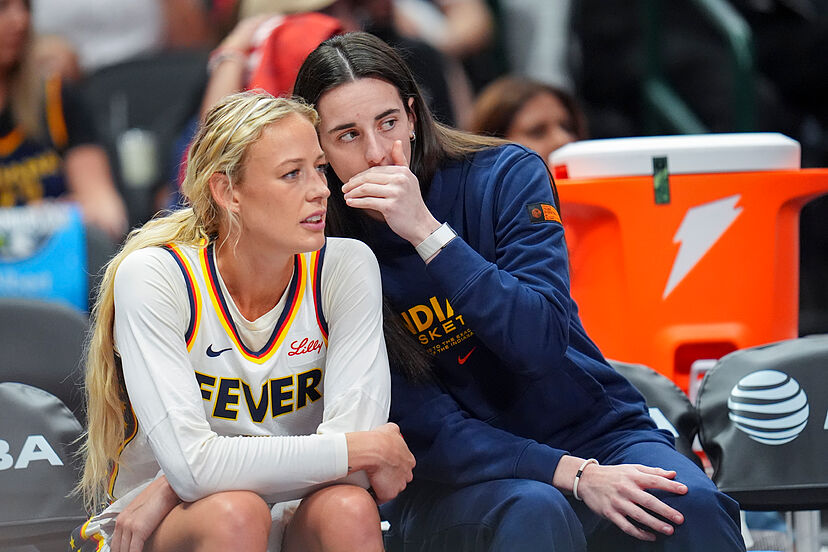The stage was set for a coronation. On July 17, 2025, Indianapolis was not just a city; it was the epicenter of the basketball universe, ready to celebrate its brightest star, Caitlin Clark, during the WNBA All-Star weekend. Fresh off being named the WNBA Player of the Year at the ESPYs—a monumental achievement for a 23-year-old in her sophomore season—Clark was poised to dominate. She was the captain of the All-Star team, the favorite in the three-point contest, and the undisputed hometown hero. The narrative was written. And then, in a heartbreaking announcement that sent shockwaves through the league, the story was suddenly torn apart.

Just days after reaching one of the highest peaks of her young career, Clark announced her complete withdrawal from all All-Star festivities. The reason, it was revealed, was a nagging groin injury, aggravated during a tough game against the Connecticut Sun. The decision was a crushing disappointment for fans, but it was a mature and necessary one for the long-term health of a generational talent. As the spotlight dimmed on Clark, however, it illuminated something far more profound: the quiet, unbreakable strength of the team around her, a sisterhood forged in shared adversity.
This wasn’t just a story of one player’s injury; it was a story of a team’s heart. As Clark stepped back, her teammate Lexi Hull was tapped to take her place in the three-point contest. Hull, who had been having a career-best season from beyond the arc, was more than ready for the challenge. But she too was battling a private heartbreak, having just lost her beloved dog of 14 years, Maggie. In a world of intense competition, what followed was a quiet masterclass in compassion. Clark and fellow teammate Sophie Cunningham were among the first to offer their support, their simple messages of love cutting through the noise of professional sports.
It was in these small, human moments that the true identity of the Indiana Fever was revealed. This was not just a collection of talented athletes; it was a family. The trio of Clark, Cunningham, and Hull—affectionately nicknamed “Tres Leches” by fans—had become the emotional core of the franchise. Clark was the explosive star, Cunningham the fearless protector, and Hull the silent, steady warrior. Each brought a different flavor, a different strength, and together they created something special.
Sophie Cunningham had established herself as the team’s enforcer and emotional compass long before the All-Star break. Earlier in the season, when Clark took a hard foul, it was Cunningham who stepped in without hesitation, earning a fine from the league but the unwavering respect of her teammates and fans. She was the one who quietly took on a “big sister” role, building a protective shield around the team’s younger players and ensuring no one ever felt they were facing their struggles alone.
Lexi Hull, often overshadowed by the brighter stars, was the team’s model of quiet consistency and grit. A national champion from Stanford, she came to Indiana and let her work speak for itself. Her evolution into one of the league’s most dependable shooters was a testament not just to her skill, but to the confidence instilled in her by a supportive locker room. Even while grieving, she showed up for her teammates, offering gentle encouragement to Clark and demonstrating a strength that went far beyond the basketball court.
Their bond, forged in the daily grind of practices, late-night hotel conversations, and shared personal heartbreaks, became the team’s superpower. It was a survival tactic in a league that demands resilience. Clark’s flare, Cunningham’s fire, and Hull’s focus were not just individual traits; they were essential components of a unified whole. This powerful chemistry didn’t just prevent the team from unraveling in Clark’s absence; it allowed them to evolve. They tightened their bonds, deepened their trust, and proved they were stronger than any one player.
The culture they built—a culture of heart, loyalty, and genuine care—did not go unnoticed. Fans responded to the authenticity, turning the “Tres Leches” trio into legends. Custom shirts sold out, not for a logo, but for what it represented: community and joy. Free agents began to take notice of what was happening in Indiana, a place where humanity was prioritized alongside wins. In the end, the heartbreaking announcement that began this chapter of their story was not an ending, but a new beginning. It was the moment the world saw that the Indiana Fever weren’t just building a winning team; they were building a new standard for what a team can be.
